Today's trip through history in the Little Carpathian micro-region Červený Kameň will start in Budmerice. Specifically in the Budmerický manor house, which was built in 1888-89 by Count Ján Pálffy and his then 16-year-old wife. The manor is located in Budmerice to the northwest, in the Lindavský Forest. You can find it easily, using gps navigation, or ask the route of the Budmerians.
The manor is surrounded by a beautiful English park with significant natural and landscape significance. Don't miss it, you will get a lot of energy in it. If it's nice, it's a great opportunity for a picnic in the grass. In the immediate vicinity of the park, on the road leading to the Red Stone, you will find a chapel built by Count Pálffy, the chapel of the Virgin Mary of Lourdes.
After a beautiful walk in the park, we will move to the village of Štefanová. In the middle of the village, an originally Gothic church from the 14th century awaits us. There is also a chapel, which was originally built between the pillars in front of the church. However, the water splashing from the roof of the church significantly disturbed the vault of the chapel, so in 1940 it was moved to a place nearby. It's tiny, but you certainly won't miss it. You can sit on a bench and meditate, the trees around the church are beautiful in every season, and the Stefanians do not lack a sense of humor, so do not be afraid to talk to someone.
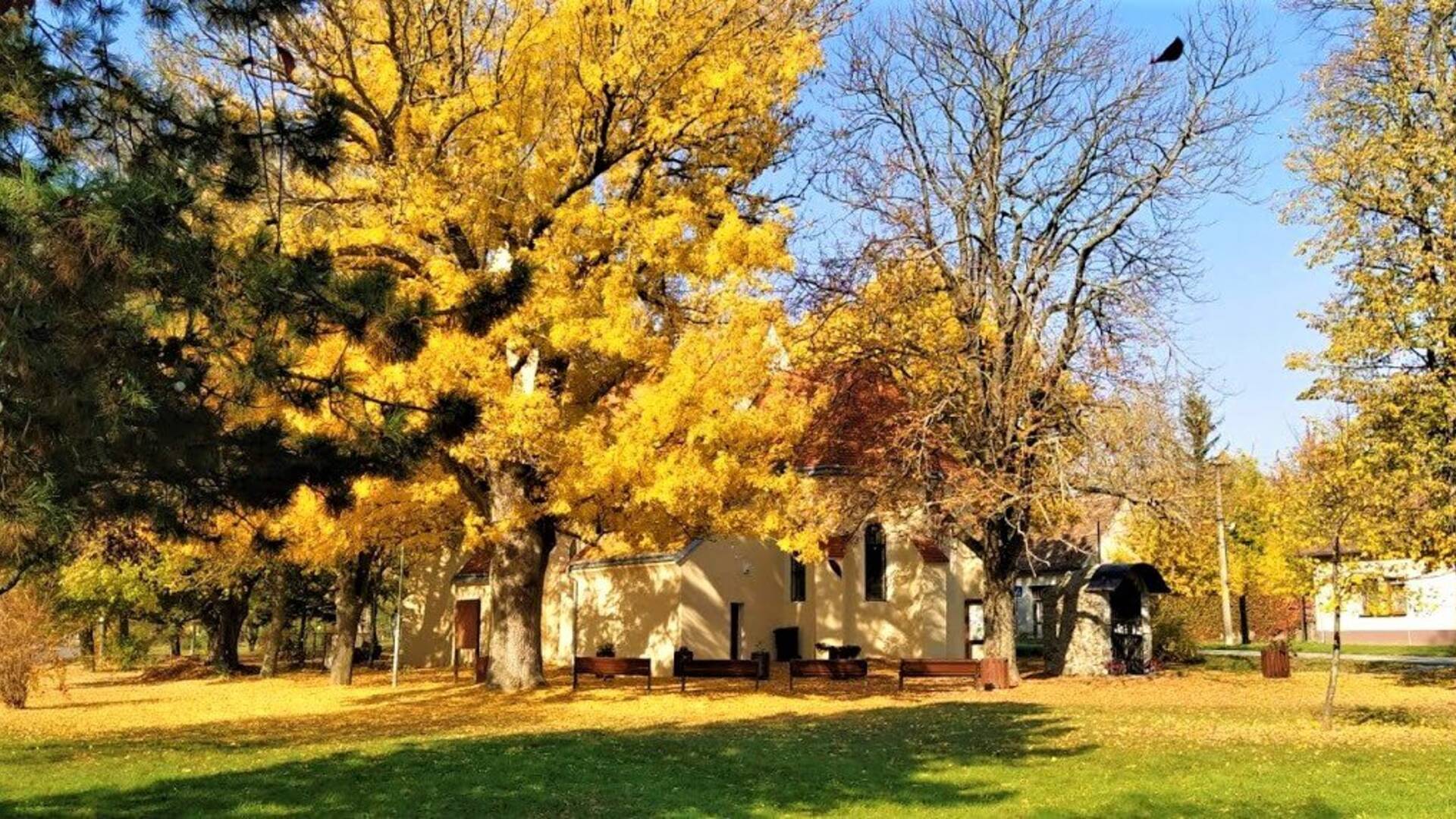
The next stop will be the picturesque chapel of St. Rosalie. The chapel was built in 1885 and consecrated on September 6, 1885 in the presence of four thousand believers. "Rozálka" was always visited on the Sunday after the feast of St. Rosalie (September 4). People and processions also came here from the surrounding villages. Feast, as we called this holiday, was often associated with the harvest festival. The chapel also became a backdrop in the films Vivat Beňovský, S Rozálka .. You can easily find the chapel in the direction from Štefanová to Častá "Na križniciach" on the right side.
If you have finished enough shots suitable for instastories / don't forget to use the hashtag goslovakia / continue on your way to nearby Dolian (historical name Ompitál). In this wine-growing village at the foot of the Little Carpathians, they can boast up to nine national cultural monuments and, in addition, other monuments, a few of which we will visit today. About in the middle of the village in front of the church you will find a stone tower, which was probably built in the second half of the 16th century as a town tower. It served as a bell tower and perhaps also as an observation tower before the unexpected invasion of the enemy during the war. Unlike thousands of other towers, this one has one unique peculiarity. It is its location above the flowing stream. Juraj Fándly writes about this uniqueness in his history Dolian with a slight patriotism as an admirable European rarity, because "neither Vienna, nor Paris, nor Rome has such a rarity"
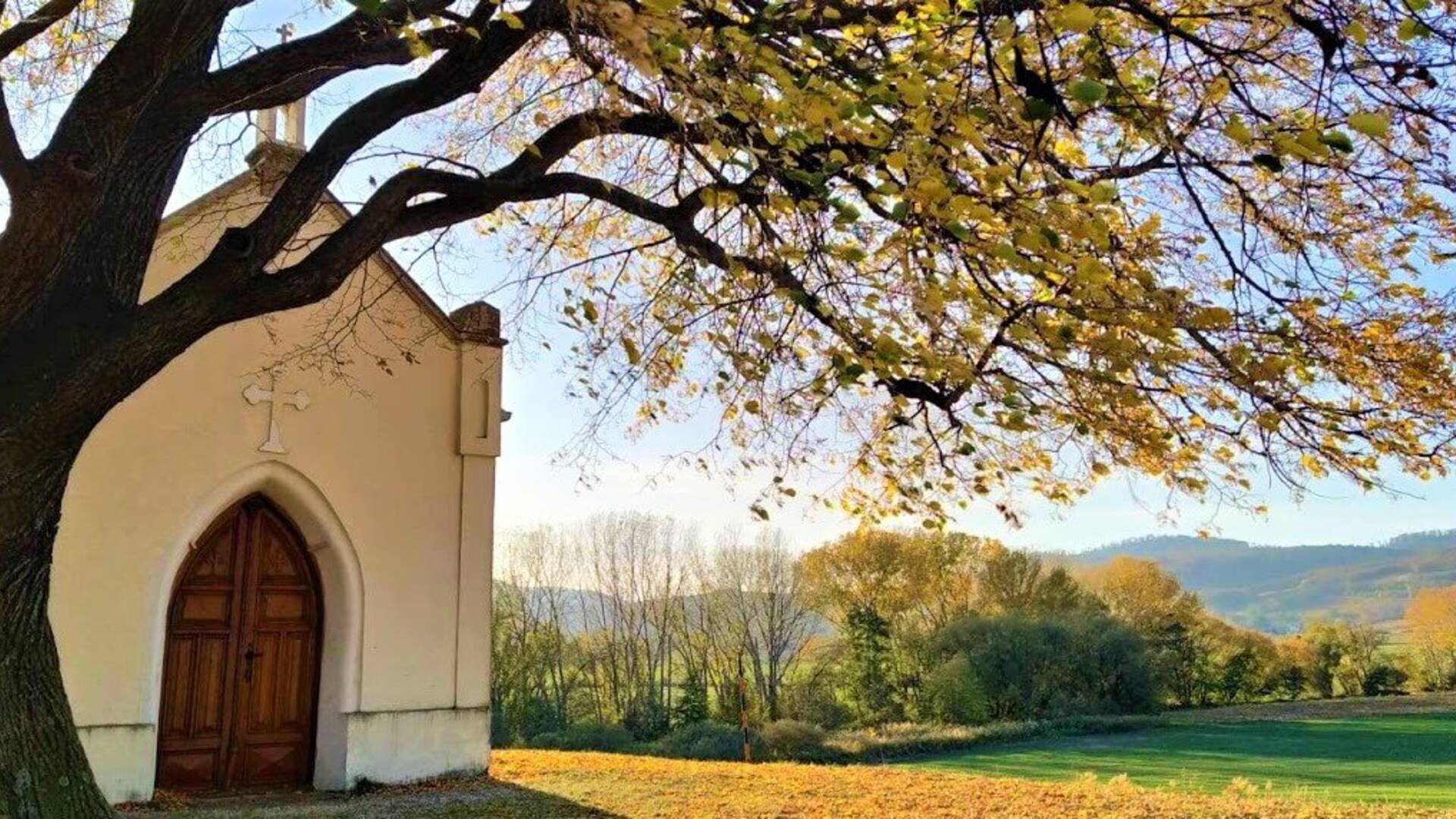
Just around the corner is the Dolian church. Originally a Gothic church dates from the 14th century. It was fortified with a stone defensive wall, originally with shooting ranges. The defensive wall has been largely preserved to this day. The church has been rebuilt and expanded several times over the centuries. In 1664, the construction of a new, larger nave of the church began. In 1678, the nave of the church was raised and the original board ceiling was replaced by a brick vault. In the years 1832 - 1834, the church was again extended by a church tower.
A walk around the church will take you to the Calvary. It is a very nice spiritual and health walk. Along the way, in addition to 14 chapels, built in the neo-Gothic style, you can also discover a well-crafted arboretum. Calvary ends at the top of the hill and just behind it, as if they were a part of it, there are three tall stone crosses. However, they date back to 1758 and were procured by the then parish priest Jozef Plecho. The middle depicts the crucified Jesus and two side crucified criminals. The Calvary was built by Konstantin Várdai, a native of Dolian. As an academic professor of drawing, Várdai was also the author of the architectural design and the author of the paintings in the chapels. Every year in the second half of May, a traditional ompital pilgrimage takes place at the Calvary. Above the crosses we find the church of St. Sebastian built in the Baroque style. It was built in 1708 from the estate of the parish priest Pavel Hartperger (he worked in Doľany in the years 1659 - 1673 and 1677 - 1685).
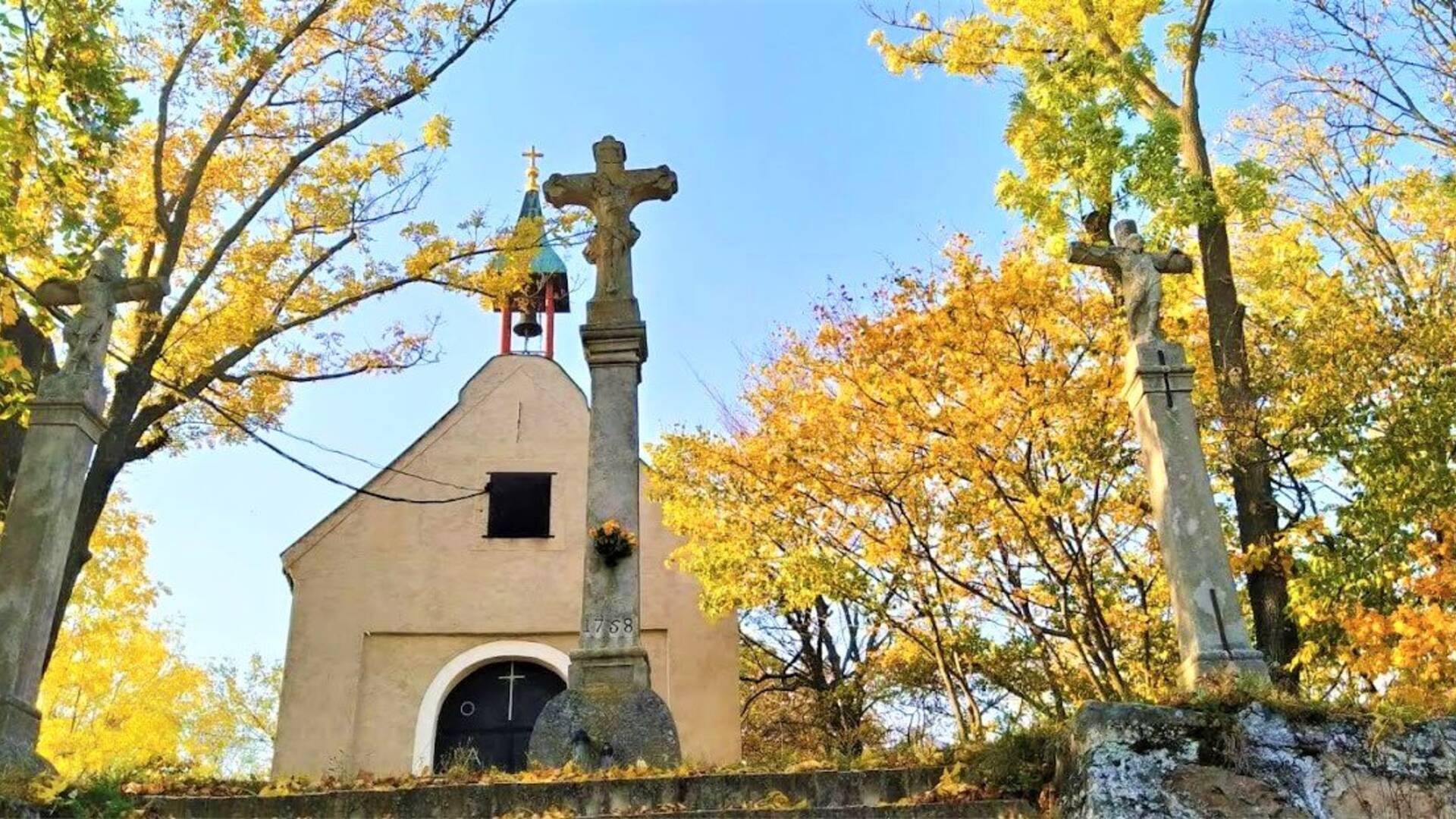
The church is 8.2 meters long and 6.5 meters wide. The chapel is open to the public during ceremonial church events, and the peculiarity is that on June 12, 2009, for the first time in modern history, the ceremony of closing St. marriage. Originally, there was a rare painting of St. Sebastian in the church, allegedly an original by the Spanish Baroque painter Esteban Bartolomé Murilla, but in 1974 someone stole the painting from the chapel and it has not been found yet. To the right you will find the Church of St. Leonard from the 14th or 15th century. It is built in the Gothic style. The peculiarity of the church is that its left side is set in a rock massif. The large rock thus protrudes into the church and fills the space under the wooden choir. Sometime after 1645, the church was extended by a chapel. Today it is the only medieval church in the wider area. Behind the church is a small cave. According to an ancient local legend, this cave always led to France and St. Leonard came to Dolian from France with her. In the ancient past, hermits lived near the church. The last hermit who lived here probably until 1759 was a certain Remigius of Moravia. The church is known in a wide area, because Catholic believers from Dolian and the surrounding villages make a pilgrimage here every year on the seventh Sunday after Easter.
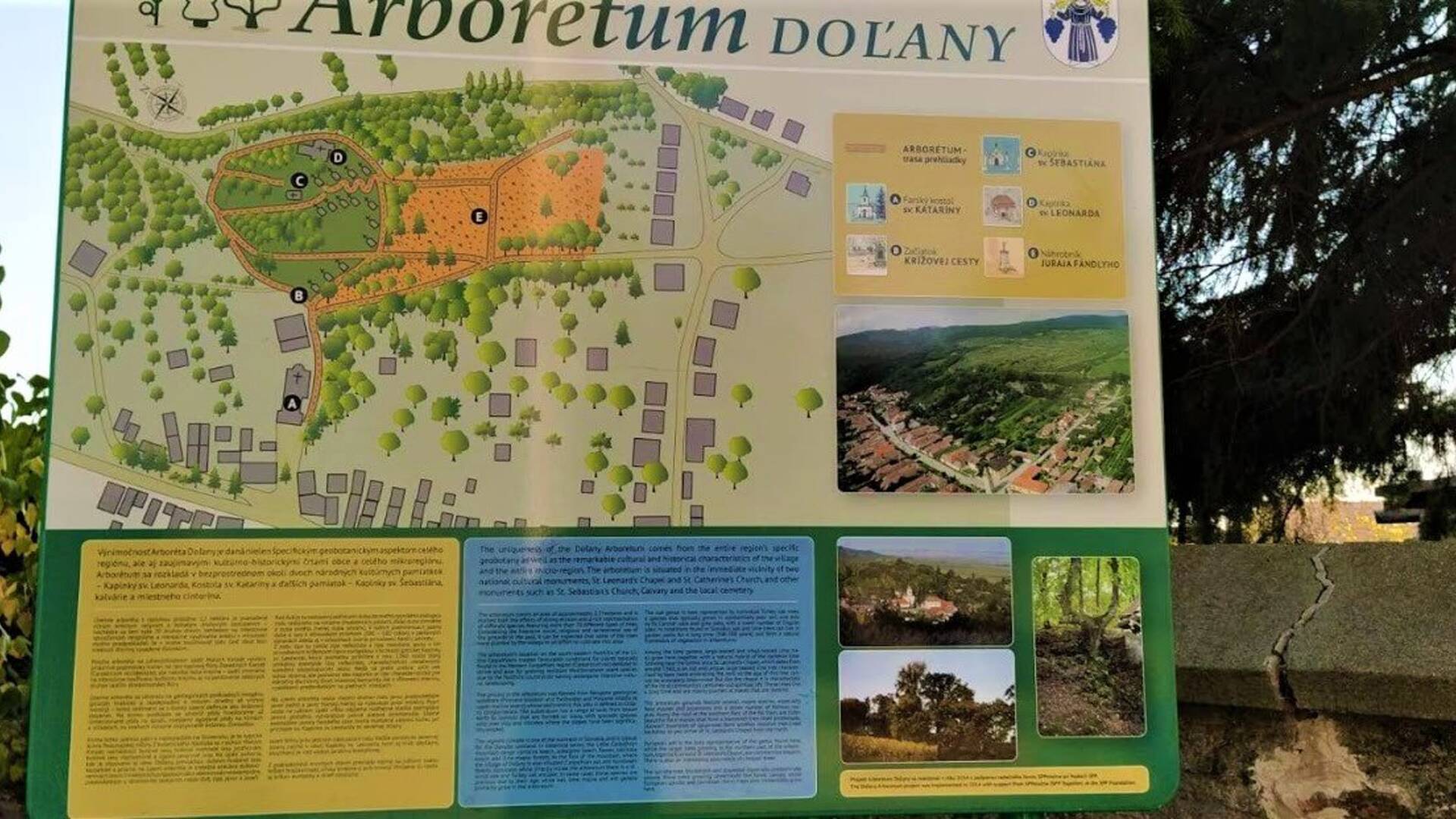
Not far from the church on the right side, when you have the church behind you, you will also find the birth house of Juraj Fándly, an important Slovak writer and national awakener. He worked as a priest in Sered, in Lukáčovce and in Naháč. In 1807 he retired early in Dolian. Behind his parents' house, he built his own house, in which he lived the last years of his life. He also died here on March 7, 1811. Fándly was a leading representative of the Bernolák movement, a founding member of the Slovak Learned Society, a writer, poet, historian, popularizer of economic science and health science. His first work was The Confidential Treaty between a Monk and the Devil, which was published in 1789. It is the first work ever written in the first codified Slovak, in the so-called Bernolak. In the following years, he published other works, especially in the field of education of farmers. In total, he wrote or processed about 38 titles.
In the village you will also find the parents' house of Juraj Palkovič. He spent part of his childhood in this house, and Juraj Palkovič, a great patron of Slovak literature, a translator and publisher, returned here as an adult. During his life he held high church ranks, was a canon, archdeacon and from 1825 St. Stephen's post office in Esztergom, where he also died on 21 January 1835. Palkovič, as a generous patron, supported many Slovak writers, for example he published the works Various Poems, Aeneida, Svatopluk and Cirillo-Metodiada to the poet J. Hollé. His life's work is a translation of the entire Bible.
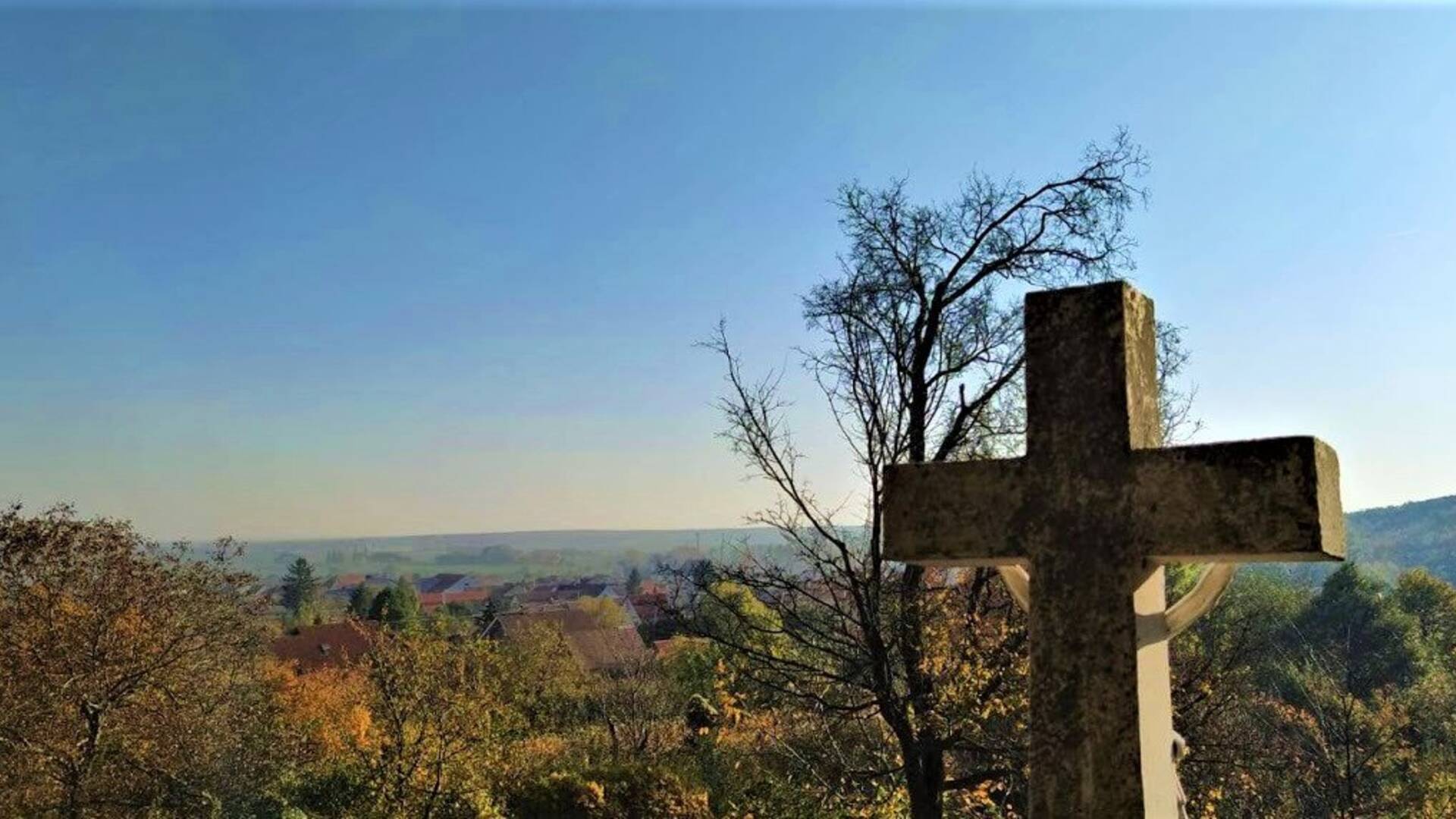
The last stop of today's trip will be the Red Stone Castle. If you are hungry along the way, stop at the bakery in Častá, which is open NON STOP from Sunday 16.00 to Saturday 13.00 and try the cones, which are said to be the best in Central Europe. However, if you last a while longer, you can end your trip in the Tavern pod Baštou at the castle.
You can get to the castle via Častá, traffic signs will guide you.
There is a legend about the construction of Červený Kameň Castle, according to which, when 12 sages had to decide where to build it, 11 of them decided for the nearby Kukla hill. However, one told them that ghosts and ghosts meet on the hill of Kukla and it is not good to disturb them by building a castle. However, they could not say and construction began on Kukla. One day, however, the builders did not find their building under construction. The good fairies moved him to the present place at night. And so everyone understood that he would be the best here and they got him there.
In the middle of the 13th century, a stone castle stood in the courtyard of today's Červený Kameň castle, which was part of the border system of castles, stretching from Bratislava to Žilina. This original castle disappeared in the first half of the 16th century, when its then owners, the Augsburg businessmen of the Fugger family, built a new fortress around 15 per cent from around the perimeter with a central square courtyard and four corner bastions and extensive storage cellars.
You can take one of the tours at the Červený Kameň castle, you can find out more on this line.